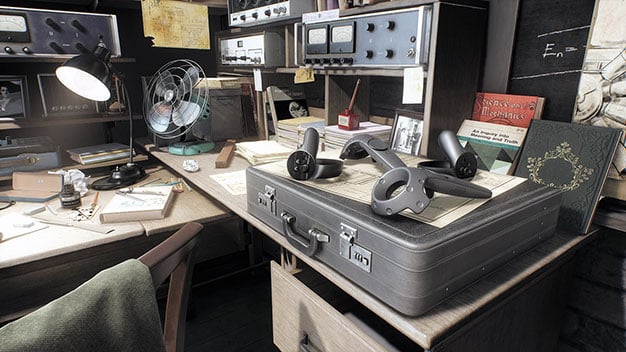Radeon RX Vega 64 And RX Vega 56 Review: AMD Back In High-End Graphics
How We Configured Our Test Systems: We tested the graphics cards in this article on an ASUS Prime X299 Deluxe motherboard powered by an Intel Core i9-7900X ten-core processor and 32GB of G.SKILL DDR4 RAM clocked at 2666MHz, along with a 512GB Toshiba OCZ RD400 NVMe SSD. The first thing we did when configuring the test system was enter the UEFI and set all values to their "high performance" default settings and disable any integrated peripherals that wouldn't be put to use. The memory's X.M.P. profile was enabled to ensure optimal memory performance at the processor's maximum supported speed of 2666MHz (without overclocking) and the solid state drive was then formatted and Windows 10 Professional x64 was installed and fully updated. When the Windows installation was complete, we installed all of the drivers, games, and benchmark tools necessary to complete our tests.
|
|
|

|
|
|
Superposition is a new benchmark from Unigine, powered by the UNIGINE 2 Engine. It offers an array of benchmark modes, targeting gaming workloads as well as VR, with both DirectX and OpenGL code paths. There is an extreme hardware stability test built-in as well. Unigine Superposition uses the developer’s unique SSRTGI (Screen-Space Ray-Traced Global Illumination) dynamic lighting technology, along with high quality textures and models, to produce stunning visuals. We ran Superposition in two modes using the DirectX code path – 1080p Extreme and VR Maximum -- to compare the performance of all graphics cards featured here.



Superposition VR on its Maximum preset is a good yardstick for measuring a card's ability to maintain 90Hz display performance that is key for a comfortable Virtual Reality experience, minimizing eye strain and possible nausea. Here, Vega 64 comes up short just behind a GTX 1080, though it has higher minimum frame rates possibly resulting in smoother animation overall. The same can be said for Vega 56.







